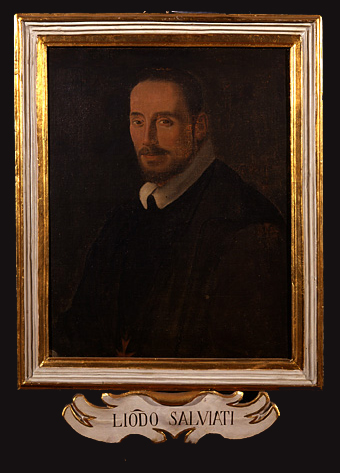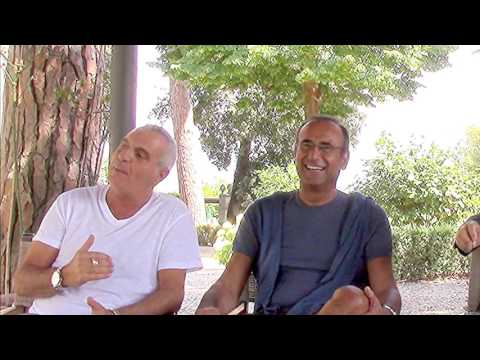Origins and foundation
Salviati himself gave new meaning to the name Crusca ('bran'), establishing the use of the symbology related to flour and to the process of bread-making, and giving the Accademia the purpose of "separating the flour (the good language) from the bran (the bad language)", following the language model first advocated by Bembo and then by Salviati himself, a model that was based on the supremacy of the Florentine vulgar tongue, modelled on the authors of the 14th Century.

They also decided that all the objects and furniture of the Accademia should have names relating to grain, bran, and bread, including the personal coats of arms of the Academicians, the "pale", wooden shovels which were painted with a symbolic image, together with the nickname of each Academician and his chosen motto.
Notices by Crusca
-
Speaker's corner
La competenza linguistica dei giovani italiani: cosa c'è al di là dei numeri?, by Rosario Coluccia.
Activities
-
The Piazza aims at the preservation and at carrying out activities for the promotion of multilingualism in the European Union; 2007-ongoing.
-
Digital integrated archive of didactic materials, iconographic and multimedia texts and documentation for the divulgation of Italian linguistic and historical-cultural heritage, with special regard to the second and third generation Italians abroad; project FIRB; 2009-2013.
-
Creation of Il Vocabolario del fiorentino contemporaneo (Dictionary of Contemporary Florentine Language): project financed by Regione Toscana and Comune di Firenze (first three-year period) and by Federico del Vecchio Bank - Banca Etruria group (second three-year period); 1994-1996/2011-2013.





